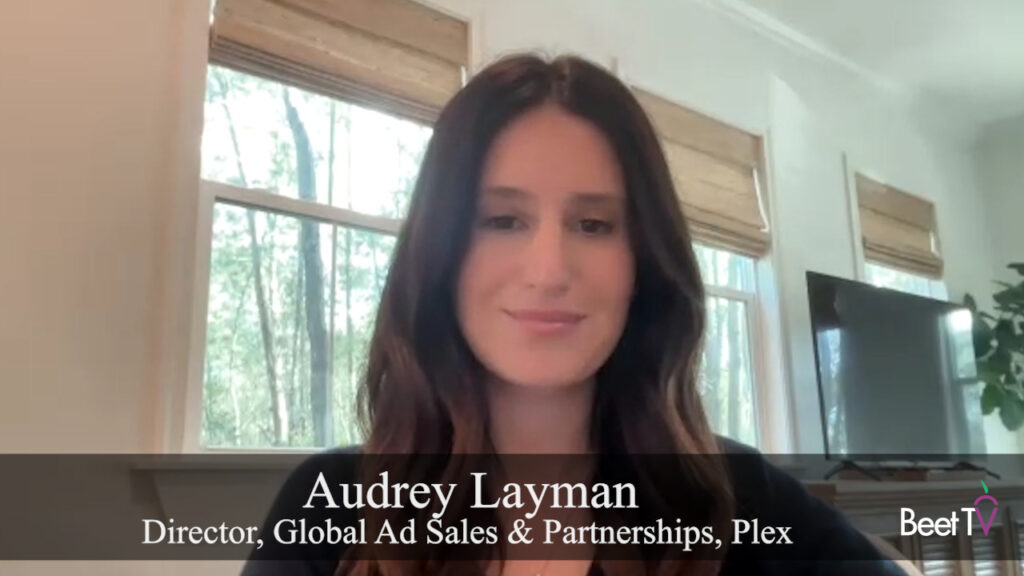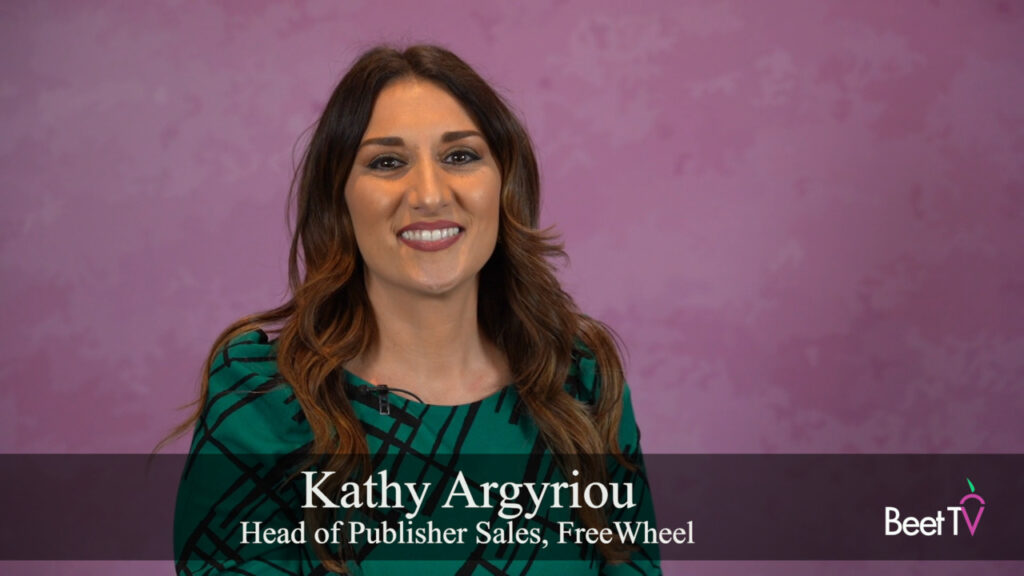If you could see, in near real-time, how well an ad campaign was driving sales, you might be able to recalibrate it in “mid-flight”.
That is what IRI, a consumer-packaged-goods (CPG) purchase data provider, is helping ad-tech companies and their ad buyers do.
In this video interview with Beet.TV, Jennifer Pelino, EVP of omni-channel media at IRI, explains how it works – and how an IRI partnership with ad-tech firm LoopMe helped a beverage brand hit big results.
The source of sales data
Founded to capitalise on the advent of point-of-sale (POS) terminal scanners, IRI grew to ingest purchase data from consumer-packaged-goods retailers across the US.
“Because of the data set, the loyalty card data, the scale that we have, which is the largest of this kind in the world, we’re able to understand what a consumer purchased off of habitual products, like a beverage, or a toothpaste, or fruit roll-ups, whatever you may think of,” Pelino says.
“We send that information on a weekly basis to LoopMe, in this particular case, in a data-compliant way that allows them to use that information and their technology from an AI perspective to help inform which consumers should get their advertisements.”
Pelion says that allows users to ascertain, for example, whether they should find lookalike audiences of consumers who recently bought a particular product.
Outcomes and speed
It is one more example of two trends that are becoming more commonplace in advertising:
- Closing the loop with actual purchase data, to help ad buyers figure out outcomes and true campaign effectiveness, rather than traditional proxies.
- Speeding-up the provision of such data, so that campaign changes can be made before the campaign has even ended, in pursuit of better results.
That is what IRI’s data has enabled for a beverage company, which Pelino did not name, together with LoopMe.
Thirsty for results
“They were able to understand the in-store sales performance by the tactic, and then use that for their own AI technology advances to enable that corporate conversion and data into those in-flight decisions, helping them to make better outcomes,” Pelino says.
“What we found was that, when we delivered the mobile in-app and web inventory across display, rich media, mobile (and) video – using this very tactic of what we call IRI’s ‘campaign conversion fee’ – we were able to see extraordinary results.
“We saw increased dollar-per-household sales lift by 40% and an increase in the delivered return on advertisement of $1.28, which is pretty incredible during that timeframe when we see that the category average benchmark is about 12%.
“We increased that benchmark by 12% versus the overall carbonated beverage category sales lift. So, (they are) really incredible results because we’re able to optimise on sales versus vanity metrics.”
Want to replicate that success? IRI’s Pelino says having and smartly leveraging first-party customer data is crucial for brands.
You are watching “Outcomes-Based Advertising: Connecting Ad Exposure to Business Results,” a Beet.TV leadership video series presented by LoopMe. For more videos, please visit this page.











































